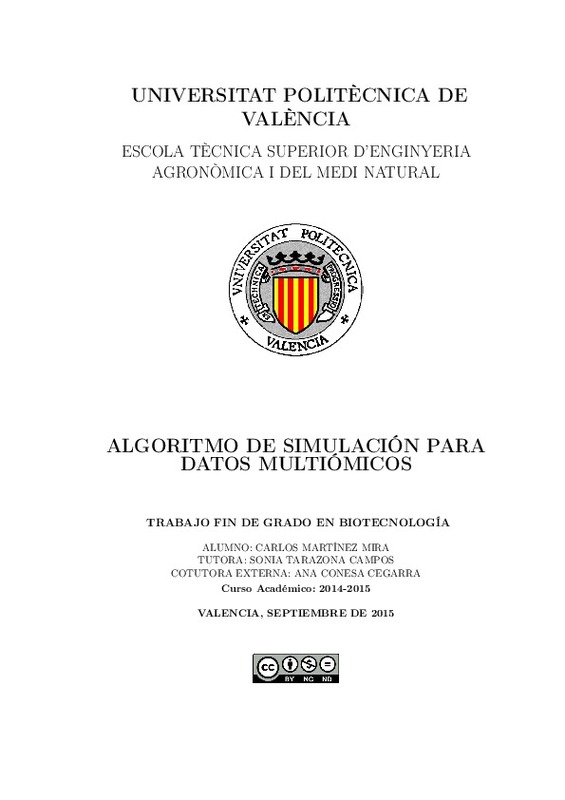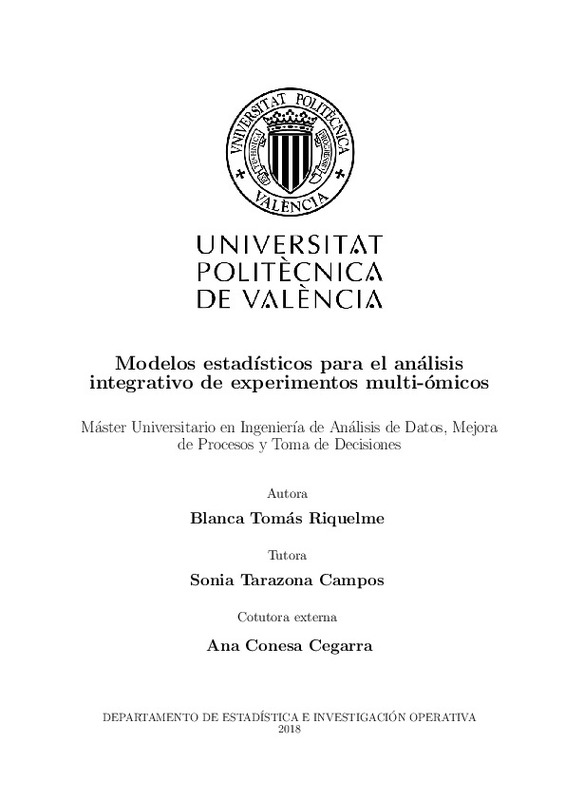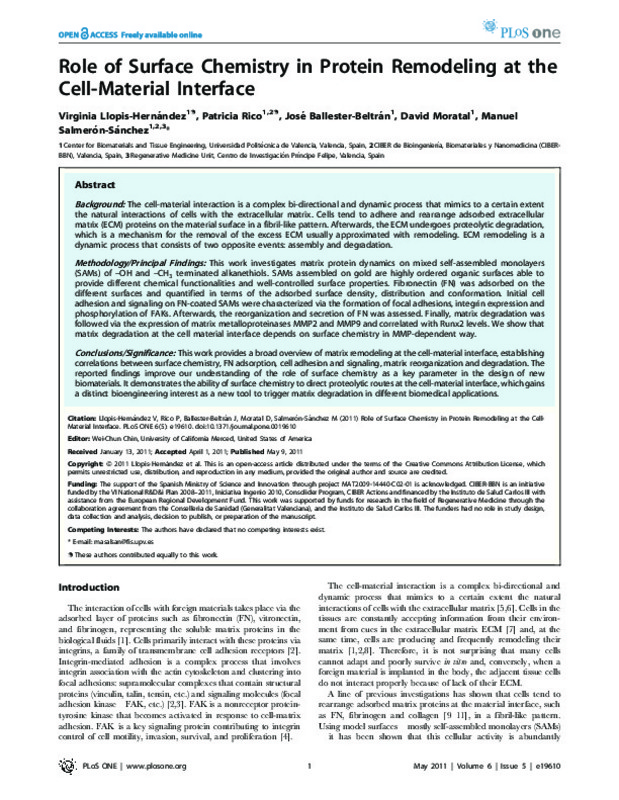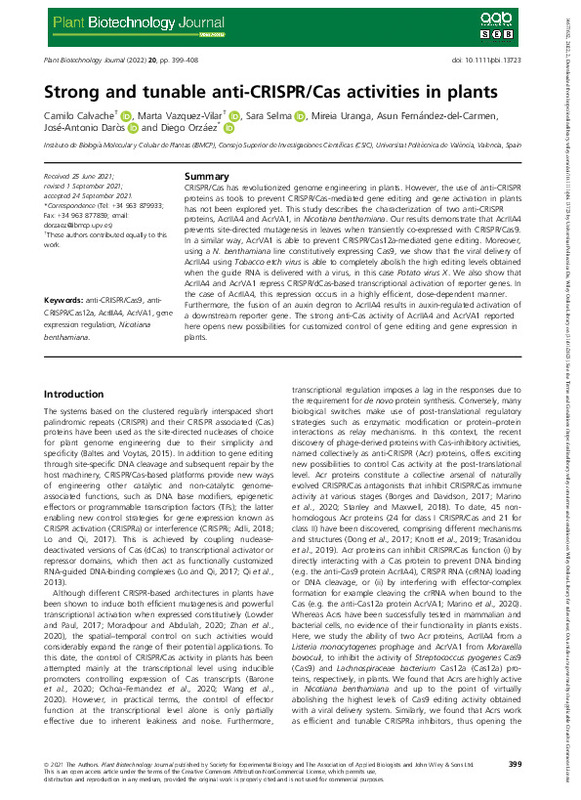

Listar por palabra clave "Gene expression regulation"
RiuNet: Repositorio Institucional de la Universidad Politécnica de Valencia
- RiuNet repositorio UPV
- :
- Listar por palabra clave
JavaScript is disabled for your browser. Some features of this site may not work without it.
Buscar en RiuNet
Listar
Mi cuenta
Ayuda RiuNet
Admin. UPV
Listar por palabra clave "Gene expression regulation"
Mostrando ítems 1-8 de 8
-
Elena Fito, Santiago Fco; CARRERA, J.; Rodrigo, J (Elsevier, 2011-08)[EN] Omic approaches to the analysis of plant-virus interactions are becoming increasingly popular. These types of data, in combination with models of interaction networks, will aid in revealing not only host components ...
-
Saenz de Juano Ribes, María de los Desamparados; Peñaranda, D.S.; Marco Jiménez, Francisco; Llobat, L; Vicente Antón, José Salvador (Wiley, 2011)[EN] To study genes involved in embryo developmental competence and implantation in rabbits, the expression of a panel of genes related to pluripotency, angiogenesis, proliferation, apoptosis and differentiation were ...
-
Martínez Mira, Carlos (Universitat Politècnica de València, 2015-10-22)[ES] Los avances en tecnologías de secuenciación masiva permiten obtener datos de expresión génica y también de sus elementos reguladores y productos. Integrar estas medidas multiómicas en un modelo estadístico que explique ...
-
Girin, T.; Paicu, T.; Stephenson, P.; Fuentes, S.; Körner, E.; O'Brien, M.; Sorefan, K.; Wood, T. A.; Balanzá Pérez, Vicente; Ferrandiz Maestre, Cristina; Smyth, D.R.; Østergaard, L. (American Society of Plant Biologists, 2011-10)[EN] Structural organization of organs in multicellular organisms occurs through intricate patterning mechanisms that often involve complex interactions between transcription factors in regulatory networks. For example, ...
-
Tomás Riquelme, Blanca (Universitat Politècnica de València, 2019-01-09)Los avances recientes en las tecnologías de secuenciación nos han brindado una oportunidad sin precedentes para entender mejor el papel de la genómica, epigenética y transcriptómica en la regulación de la expresión génica. ...
-
Llopis Hernández, Virginia; Rico Tortosa, Patricia María; Ballester Beltrán, José; Moratal Pérez, David; Salmerón Sánchez, Manuel (Public Library of Science, 2011)Background: The cell-material interaction is a complex bi-directional and dynamic process that mimics to a certain extent the natural interactions of cells with the extracellular matrix. Cells tend to adhere and rearrange ...
-
Calvache-Román, Camilo Alberto; Selma, Sara; Vázquez-Vilar, Marta; Uranga, Mireia; Fernández-Del-Carmen, Asun; Daròs, José-Antonio; Orzáez Calatayud, Diego Vicente (Blackwell Publishing, 2022-02)[EN] CRISPR/Cas has revolutionized genome engineering in plants. However, the use of anti-CRISPR proteins as tools to prevent CRISPR/Cas-mediated gene editing and gene activation in plants has not been explored yet. This ...
-
Safont, María José; Gil, Mireia; Sirera Pérez, Rafael; Jantus Lewintre, Eloisa; Sanmartín, Elena; Gallach, Sandra; Caballero, Cristina; Pozo, Nieves del; Palomares, Eugenio; Camps, Carlos (Springer, 2011-06)[EN] Aim: Telomeres are regions of highly repetitive, non-coding DNA located at the termini of chromosomes whose principal function is to maintain the structural stability of these ends. In 90% of human tumours, telomere ...
Mostrando ítems 1-8 de 8

Universitat Politècnica de València. Unidad de Documentación Científica de la Biblioteca (+34) 96 387 70 85 · RiuNet@bib.upv.es








